At 4:30 a.m. local time on the 5th of September 1972 eight tracksuit-clad members of the ‘Black September’ Palestinian terrorist group – carrying duffel bags loaded with AKM assault rifles, Tokarev pistols, and grenades – scaled a two-meter chain-link fence leading into the Munich Olympic Village and took 11 members of the Israeli Olympic team hostage.
The Black September name is derived from the conflict in September 1970 when King Hussein of Jordan declared military rule in response to fedayeen of the PLO attempting to destabilize his Kingdom. The Jordanian operations against the PLO resulted in the deaths and expulsion of thousands of Palestinians from Jordan, and came to be known as “The Black September” in Palestinian lore.
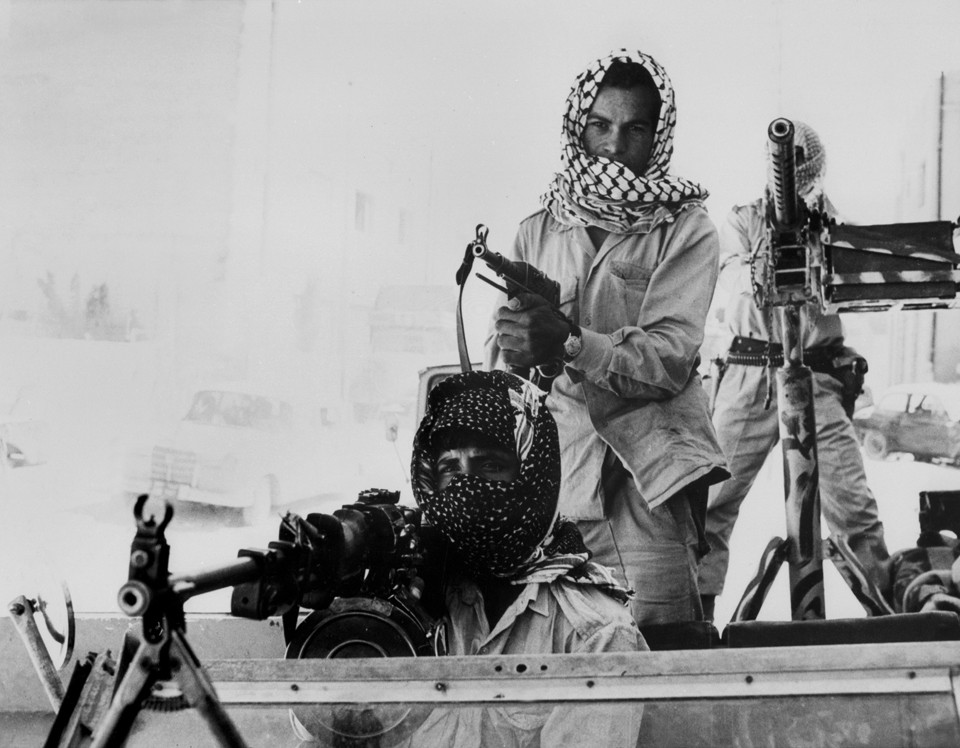
Once inside the Olympic Village, the Black September members used stolen keys to enter two apartments being used by the Israeli team. Wrestling coach Moshe Weinberg fought the intruders, who shot him through his cheek and then forced him to help them find more hostages. Weinberg led them to Apartment 3 where the gunmen corralled six wrestlers and weightlifters as additional hostages. Weinberg had probably hoped that the strong wrestlers and weightlifters would have a chance of fighting off the attackers, but they were all surprised in their sleep and taken at gunpoint.
Weinberg later tried to attack and overpower the terrorists again but was shot dead in the attempt. Another athlete, weightlifter Yossef Romano, a veteran of the Six-Day War in June 1967, also attacked and wounded one of the terrorists before being shot and killed. The terrorists now had nine hostages.
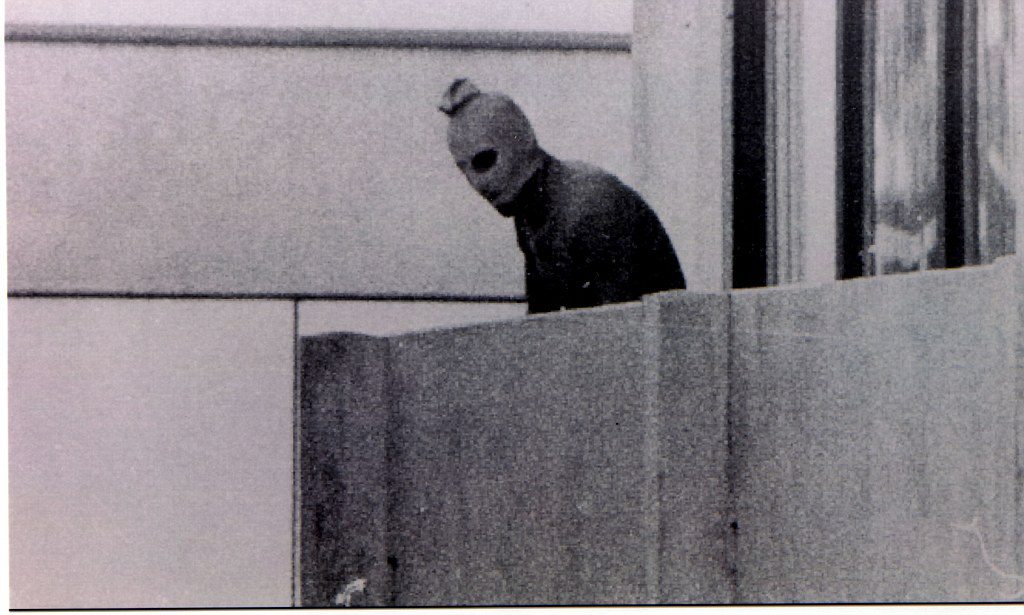
The terrorists demanded the release of 234 Palestinians and non-Arabs jailed in Israel, along with two West German terrorists held in German prisons – Andreas Baader and Ulrike Meinhof, founders of the West German Red Army Faction. To demonstrate their resolve and determination, the body of Weinberg was thrown out of the front door of the residence by the Black September group. Israel’s response was an absolute “no negotiation”, as according to the Israeli government policy it was believed that negotiations would appear weak and encourage terrorist groups to conduct more attacks.
On the other hand, it has been reported that the extremely embarrassed West German government offered the Palestinians an unlimited amount of money for the release of the athletes, as well as substituting the Israelis for high-ranking Germans. The kidnappers apparently rejected both offers. Munich Police Chief Manfred Schreiber, and Bruno Merk, Interior Minister of Bavaria, then tried to negotiate directly with the kidnappers and repeated the offer of an unlimited amount of money – which was once again rejected. Egyptian advisers to the Arab League, and an Egyptian member of the International Olympic Committee also tried to win concessions from the kidnappers. Although these efforts also failed to obtain the release of the hostages the efforts apparently convinced the terrorists that their demands were being considered, and their leader ended up granting a total of five extensions to their initial deadline.
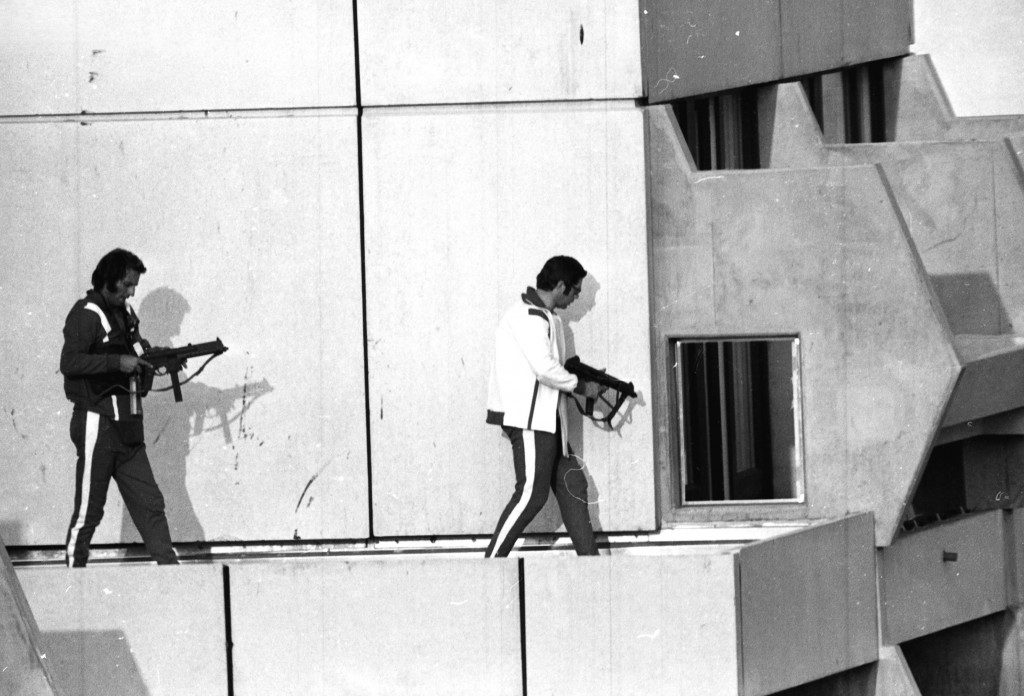
At 4:30 pm on the 5th of September, a group of 38 Munich police officers was dispatched to the Olympic Village. Dressed in Olympic sweatsuits (some also wearing helmets and carrying sub-machine guns), they had no experience in combat or hostage rescue but they planned to simply crawl down the ventilation shafts and kill the terrorists. They police took up their positions and awaited the codeword to begin their assault. All the while, and inconceivably, camera crews filmed the actions of the officers and broadcast the images live on television – giving the terrorists a detailed view of what the police were doing to prepare for an attack. After the terrorist leader threatened to kill two of the hostages immediately unless the police retreated, the attack was called off and the police retreated from the premises.
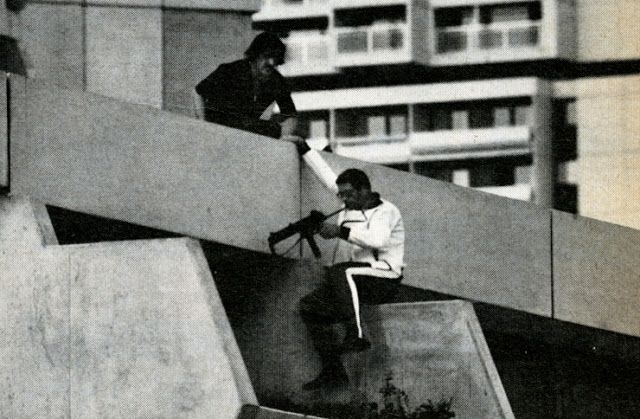
At 6 pm Munich time, the Palestinians issued a new dictate, demanding transportation to Cairo, and the authorities feigned agreement to this demand. Two Bell UH-1 military helicopters were to transport the terrorists and hostages to nearby Fürstenfeldbruck, a NATO airbase – where the authorities now planned to conduct an armed assault on the terrorists.
Five West German policemen were deployed around the airport in sniper roles—three on the roof of the control tower, one hidden behind a service truck and one behind a small signal tower at ground level. However, none of them had any special sniper training, nor any special weapons. The “snipers” were equipped with standard H&K G3 battle rifles, without optical sights or night vision devices. The officers were later said to have been selected simply because they shot competitively on weekends and were considered the best shooters on the force.

A Boeing 727 jet was positioned on the tarmac with sixteen West German police inside dressed as flight crew. The plan was that the West Germans would overpower the terrorist leaders as they boarded the plane, giving the snipers a chance to kill the remaining terrorists at the helicopters. At this time, based on faulty intel, it was thought that there were only 5 terrorists. However, when the terrorists and their hostages arrived at the airport, the team discovered that there were actually eight of them. Upon making this discovery, the police aboard the airplane voted to abandon their mission, without consulting the central command. None of them were ever reprimanded for this desertion of their duties.
The helicopters carrying the hostages and their captors had landed just after 10:30 pm. The pilots and six of the kidnappers emerged, and while four of the Black September members held the pilots at gunpoint, the terrorist leader and his adjutant walked over to inspect the jet. Finding it empty, they realized they had been lured into a trap and ran back toward the helicopters. As they passed the control tower, Sniper 3 took a shot opportunity to eliminate the group’s leader. However, due to the poor lighting (as well as the critical lack of proper training or equipment), he only managed to wound him in the thigh. Meanwhile, the authorities gave the order for the other snipers to open fire on their targets. This occurred at around 11:00 pm local time.
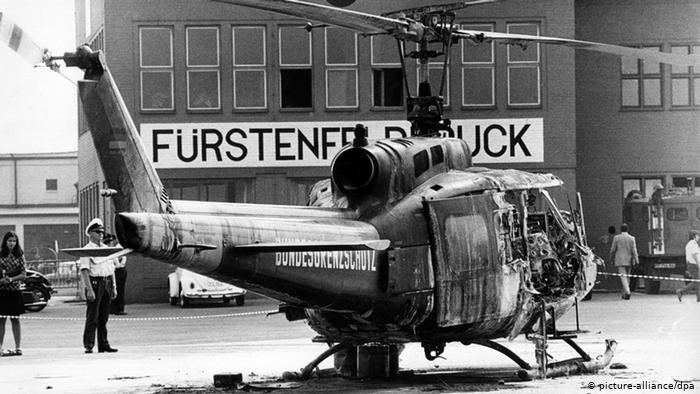
In the ensuingly chaotic gun battle, the two kidnappers holding the helicopter pilots were killed, while the remaining gunmen scrambled to return fire from behind and beneath the helicopters, out of the snipers’ line of sight. They also shot out many of the airport lights – plunging the area into deeper darkness. A West German policeman in the control tower was killed by their gunfire. The helicopter pilots fled – leaving the hostages tied up inside the aircraft and unable to escape the fusillade of bullets from both sides.
At four minutes past midnight of 6 September, one of the terrorists turned on the bound hostages in one of the helicopters and fired at them with a Kalashnikov assault rifle at point-blank range. The attacker then pulled the pin on a hand grenade and tossed it into the cockpit. The ensuing explosion destroyed the helicopter and incinerated the hostages.
What happened to the remaining hostages is still a matter of dispute. A German police investigation indicated that one of their sharpshooters and a few of the hostages may have been shot inadvertently by the police. However, a Time magazine reconstruction of the long-suppressed Bavarian prosecutor’s report indicates that a third kidnapper stood at the door of the other helicopter and raked the remaining five hostages with automatic fire from his Kalashnikov. Autopsies on the bodies of the Israeli athletes recovered from that helicopter showed that they had each been shot an average of four times each.

When the gunfire and explosions had subsided, three of the remaining terrorists, one of them feigning death, were captured by police. Another one escaped the scene, but was tracked down with police dogs 40 minutes later in a parking lot. Cornered and bombarded with tear gas, he was shot dead after a brief gunfight. By around 1:30 am on 6 September, the battle was over.
It is no secret that the West German authorities handling of this situation was woefully amateurish – at best. It was known a half-hour before the hostages and kidnappers had even arrived at Fürstenfeldbruck that the number of terrorists was larger than first believed. However, despite this new information, it was decided to continue with the rescue operation as originally planned. What’s more, the new information could not be relayed to the sharpshooter, as they had no radios. Not that it would have really made much difference – there were not enough snipers to take out all the terrorists in the first volley, they had no telescopic or night vision sights, and they weren’t even properly trained snipers for that matter either. Finally, the crisis command team consisted only of the Federal Interior Minister and the Bavarian Interior Minister and the Munich Chief of Police – none of whom had any proper training or successful experience in hostage negotiations, hostage rescue operations, or anti-terrorist operations.
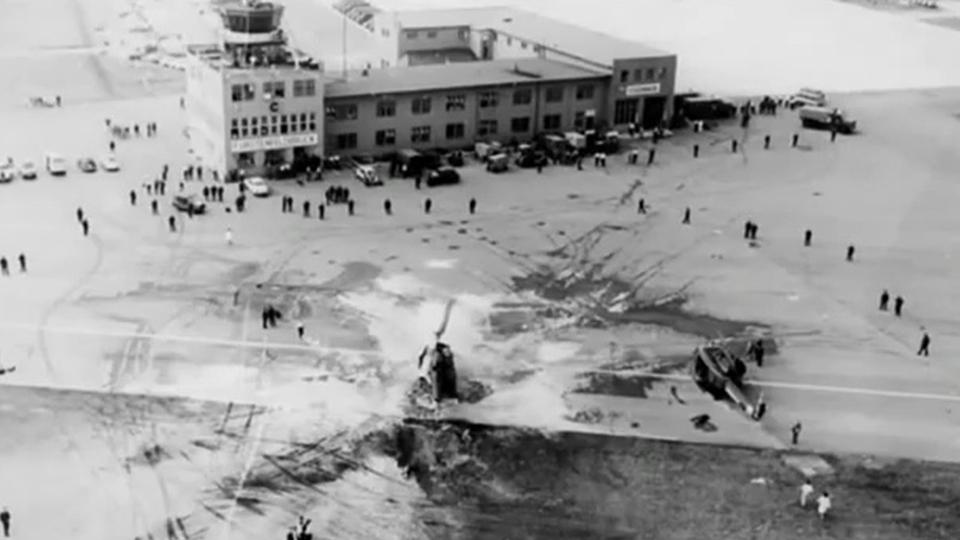
This disaster did however directly lead to the founding less than two months later of the famous West German Border Guard anti-terrorist unit GSG 9 under the leadership of Ulrich Wegener – who was himself present at the airport battle. Spurred on by the embarrassment and tragic outcome of the Munich Massacre, Herr Wegener and his men went on to become one of the most highly respected and successful anti-terror units in history.
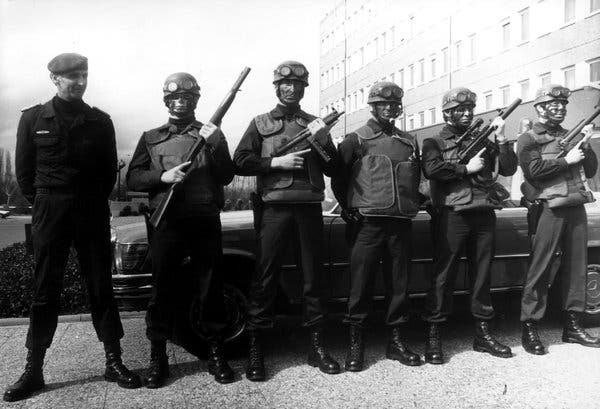
The political ramifications for West Germany however were not quite so good. The government delivered the bodies of the five Palestinian attackers killed during the Fürstenfeldbruck gun battle were to Libya, where they received heroes’ funerals and were buried with full military honours. On 29 October, Lufthansa Flight 615 was hijacked and the attackers threatened to blown the plane and all its passengers sky high if the three surviving Black September gunmen arrested after the Fürstenfeldbruck gunfight were not released. The Munich terrorists were immediately released by the West German government and received a tumultuous welcome when they touched down in Libya. They also held a press conference in Libya to give their own firsthand account of the operation. This was broadcast worldwide. Further international investigations into the Lufthansa Flight 615 incident have produced theories of a secret agreement between the German government and Black September in exchange for assurances of no further attacks on Germany. In a further embarrassment, it was also later established that West German neo-Nazis had given the Black September group logistical assistance for the Munich operation.
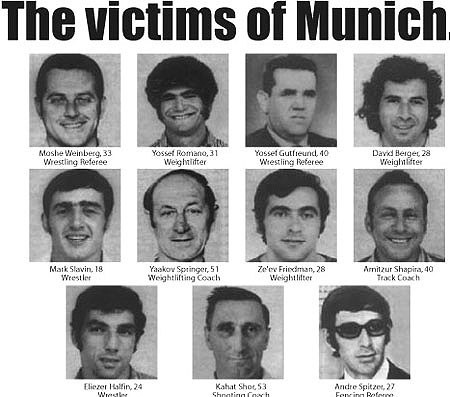
The Israeli response was a bit more robust than the German’s. On 8 September, Israeli planes bombed ten PLO bases in Syria and Lebanon in response to the massacre, killing scores of militants and civilians. The Israeli Prime Minister, Mrs. Golda Meir and the Israeli Defense Committee secretly authorized the Mossad to track down and kill those allegedly responsible for the Munich massacre. This mission later became known as Operation ‘Spring of Youth’ and Operation ‘Wrath of God’, but was not considered as a simple case of revenge. Members of the Israeli services involved in these operations at the time have stated that the view of the Israeli government was that it had no alternative but to exact justice and to show the terrorists, and the world, that Israel would not bow to such attacks.
Perhaps the final chapter of the story of that terrible day in September 1972 was provided by the last surviving member of the Black September group- Mohammad Daoud Oudeh, commonly known by his nom de guerre Abu Daoud. Daoud was the mastermind behind the Munich massacre. He planned the operation in July 1972, briefed the execution cell on the specifics of the operation, and accompanied the members of the execution cell to the Olympic Village by taxi on the night/early morning of the attack. It was on the evening of 4 September 1972, the day before the operation commenced in the early morning of 5 September 1972, that Abu Daoud briefed the assassination squad and issued final instructions over dinner in a restaurant at the Munich railway station.
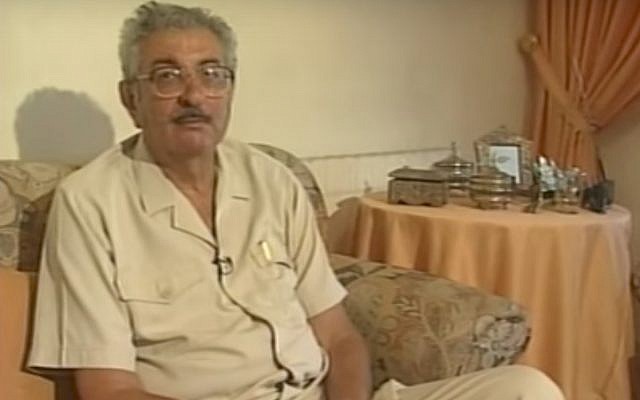
In his autobiography, Palestine: From Jerusalem to Munich, in which he describes how he planned and executed the Munich operation, and later in a written interview with Sports Illustrated, Abu Daoud wrote that funds for the Munich operation were provided by Mahmoud Abbas, Chairman of the PLO since 11 November 2004, and President of the Palestinian National Authority since January 2005. Abu Daoud believed that if the Israelis knew that Mahmoud Abbas was the financier of the operation, the 1993 Oslo Accords, during which Mahmoud Abbas was seen in photo ops at the White House, would not have been achieved. Finally, Abu Daoud also stated that Yassir Arafat had full knowledge of the Munich attack, and had given it his full endorsement – claiming that Arafat saw the team off on the mission with the words “God protect you.” In 1999, the Palestinian Prize for Culture was granted to Abu Daoud for his book Palestine: From Jerusalem to Munich. As part of the prize, Abu Daoud was awarded 10,000 French francs.
Abu Daoud died of kidney failure aged 73 on 3 July 2010 in Damascus, Syria. In a condolence letter to Abu Daoud’s family following his death, Chairman of the Palestinian Authority Mahmoud Abbas wrote, “He is missed. He was one of the leading figures of Fatah and spent his life in resistance and sincere work as well as physical sacrifice for his people’s just causes.” If anyone wants to go piss on his grave, he is buried in the Martyrs Cemetery of the Yarmouk Palestinian refugee camp on the southern outskirts of Damascus.